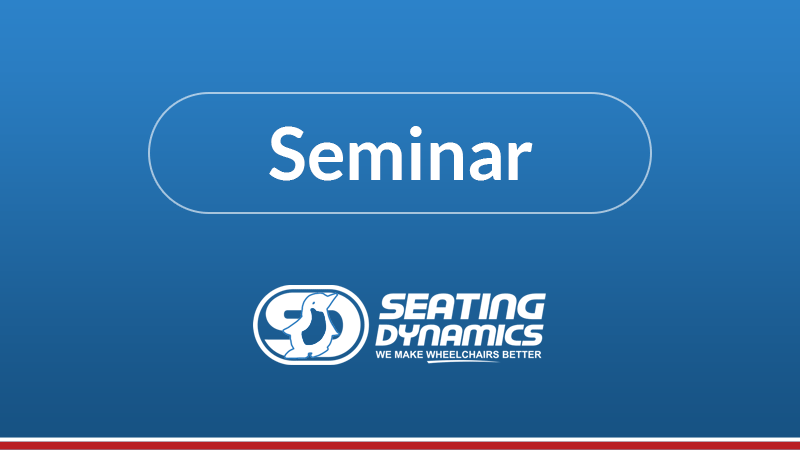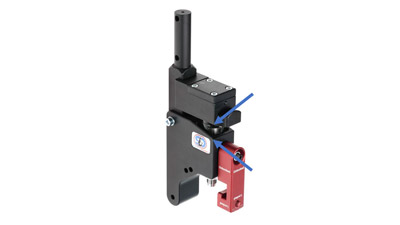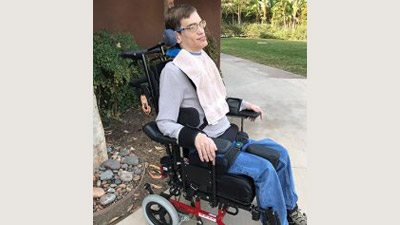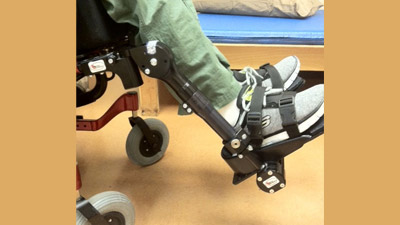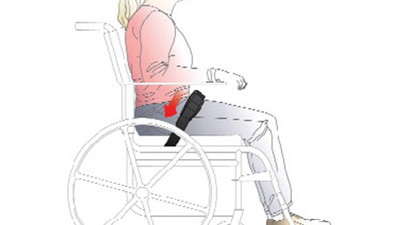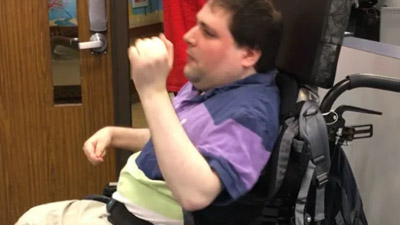National Seating and Mobility: Is Your Client Stuck? Dynamic Seating Gets Things Moving!
OT Michelle Lange presented, Is Your Client Stuck? Dynamic Seating Gets Things Moving! at the National Seating and Mobility 2018 Conference.
Read MoreHow Much is too Much? Choosing Resistance.
The Dynamic Rocker Back Interface (DRBi) moves in response to client force as two elastomers are compressed. The energy stored in the elastomers helps the client to return to an upright starting position. These elastomers can be switched to change the level of resistance.
Read MoreClinician Interview: Brain Power!
I had the privilege to present with a group of colleagues on Dynamic Seating at the International Seating Symposium last year. One of my co-presenters was Suzanne Eason, OT/L who works at St. Mary’s Home in Virginia. Suzanne is very interested in the impact of movement on brain development. I recently had a conversation with my friend.
Read MorePeanut Butter and Jelly: Dynamic Footrests and Securing the Feet
In a recent blog, we discussed how, just like Bread and Butter, use of a Dynamic Back requires the use of a Pelvic Positioning Belt to maintain the position of the pelvis during movement of the Dynamic Back. Well, just like Peanut Butter and Jelly, use of Dynamic Footrests requires the feet to be secured in order for client forces to activate this dynamic component.
Read MoreOccupationalTherapy.com: Dynamic Seating
This seminar on Dynamic Seating was presented by Michelle L. Lange, OTR/L, ABDA, ATP/SMS for OccupationalTherapy.com on 11/22/17.
Read MoreBread and Butter: Dynamic Backs and Pelvic Positioning Belts
Michelle Lange discusses why it is critical to use a pelvic positioning belt with a Dynamic Back and how to address objections in a restraint-free environment.
Read MoreISS: Positioning the Head
Positioning the Head, a 2017 International Seating Symposium was presented by Michelle L. Lange, OTR/L, ABDA, ATP/SMS.
Read MoreHomeCEUConnection: Dynamic Seating
Watch on demand, Dynamic Seating, as presented by Michelle L. Lange, OTR/L, ABDA, ATP/SMS for HomeCEUConnection, 2016.
Read More
